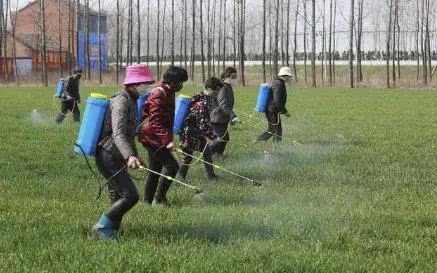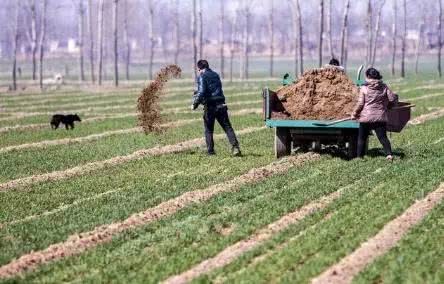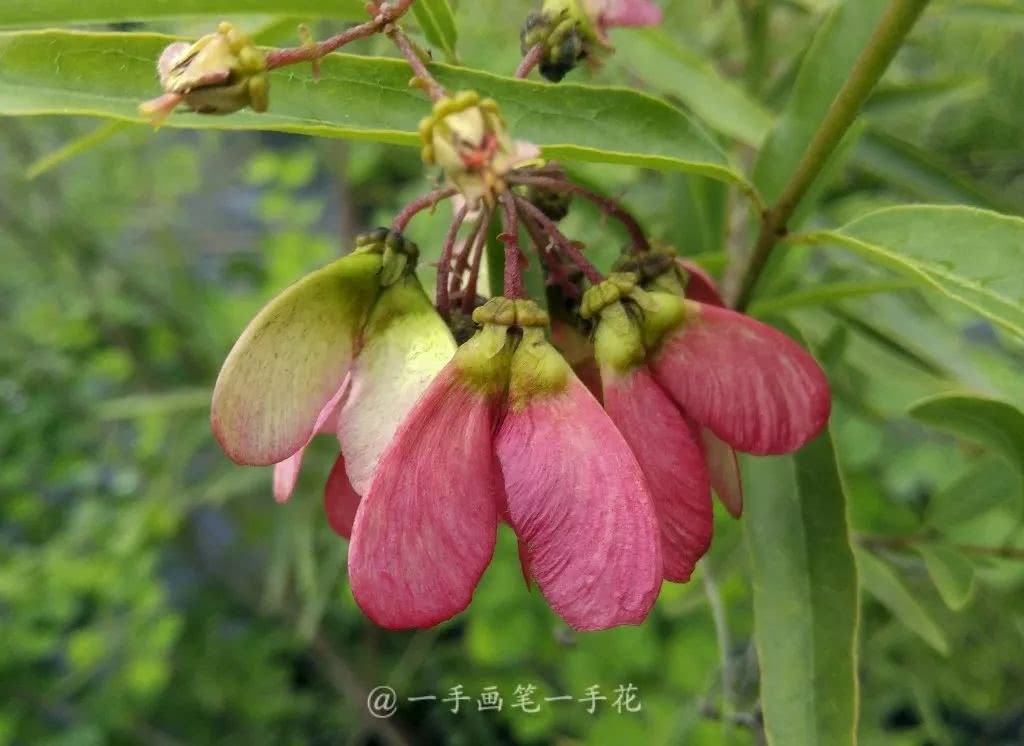Root grass is difficult to eliminate and can be completely solved with herbicides.

Root grass is indeed a relatively difficult problem, may have a certain effect after just using herbicides, but after a period of time there will be a problem of weed comeback. This involves the choice of herbicide. Let me talk to you about herbicides.
To get rid of the root grass, you must first understand the type of herbicide. There are many types of herbicides, and there are many brands of herbicides sold on the market, so we must first understand this problem before we can do the right thing. There are many ways to classify herbicides, so here is a rough introduction.
1. Mode of action
Selective herbicides: As the name suggests, selective herbicides kill weeds without affecting crop growth. Most herbicides are selective herbicides. The more common ones are clover, bentazon, etc.
Destructive herbicide: Destructive is more severe, meaning that as long as it is exposed to plants, it doesn't matter whether you are a weed or not. Anyway, you will die if you encounter it. For example, paraquat, which has already withdrawn from Jianghu, belongs to this type.
2. Conductivity classification
Contact killing: This friend who uses herbicides should often hear about it, as long as you are exposed, this part will die. This means that the herbicide will only kill the part of the weed exposed to the pesticide, and may not cause complete death of the weed. Paraquat is more common.
Systemic herbicide: The characteristic of systemic herbicide is that after the pesticide is applied, the weed may not immediately see the effect, because the herbicide has to go through an absorption process, so that the herbicide effect slowly spreads to all parts of the weed, thus slowly dying. The most common type of herbicide is glyphosate.
3. Classification of use methods
Stem and leaf treatment: That is to say, this type of herbicide is mainly used by spraying the pesticide on the stem sap of the weed, and then transmitting the toxin to the root of the weed through the stem and leaf, so as to achieve the purpose of weeding. Herbs and glyphosate are both of this type.
Soil treatment: Soil treatment generally requires spraying herbicides to the surface, or mixing them directly into the soil, and transferring toxins from the roots of weeds to achieve the purpose of weeding. More common is acetochlor and so on.
In addition to the above three classification methods, there are other classification methods, which will not be repeated here. However, it can be seen from the above classification that systemic herbicides are more suitable for removing root grasses. For example, glyphosate, dimethyl tetrachloromethane, chlorfluroxypyr, dichloropyridine acid and so on are suitable for removing root weeds.
However, in the process of use, it is also necessary to pay attention to reasonable selection according to different crop types, and to strictly follow the concentration standards on the product description, do not change the concentration without authorization.
Here is science rejuvenates agriculture, welcome to add attention, take you to grow knowledge together.
- Prev

Wheat base fertilizer is the guarantee of yield. Do you know how to apply base fertilizer to wheat?
"The foundation is not firm, the ground shakes", the foundation in agricultural production is the base fertilizer at the time of crop cultivation! Wheat is no exception, wheat as a staple food in many places, its importance is self-evident. How to improve wheat single...
- Next

Xiao Hong plane crosses the starry sky
Introduction to the author: one-hand brush and one-hand flowers: garden major, love plants and nature since childhood, look forward to always be engaged in plant-related work, only beautiful flowers and delicacies in the world can not be failed, Weibo @ one-hand brush, one-hand flowers narrow leaves different wings vine, red fruit.
Related
- Wuhan Hospital Iron Tree Blooming Result Was Instantly Frightened by the Gardener Master
- Which variety of camellia is the most fragrant and best? Which one do you like best?
- What is the small blue coat, the breeding methods and matters needing attention of the succulent plant
- Dormancy time and maintenance management of succulent plants during dormancy
- Minas succulent how to raise, Minas succulent plant pictures
- What are the varieties of winter succulent plants
- How to raise succulent plants in twelve rolls? let's take a look at some experience of breeding twelve rolls.
- Attention should be paid to water control for succulent plants during dormant period (winter and summer)
- Watering experience of twelve rolls of succulent plants
- Techniques for fertilizing succulent plants. An article will let you know how to fertilize succulent plants.

